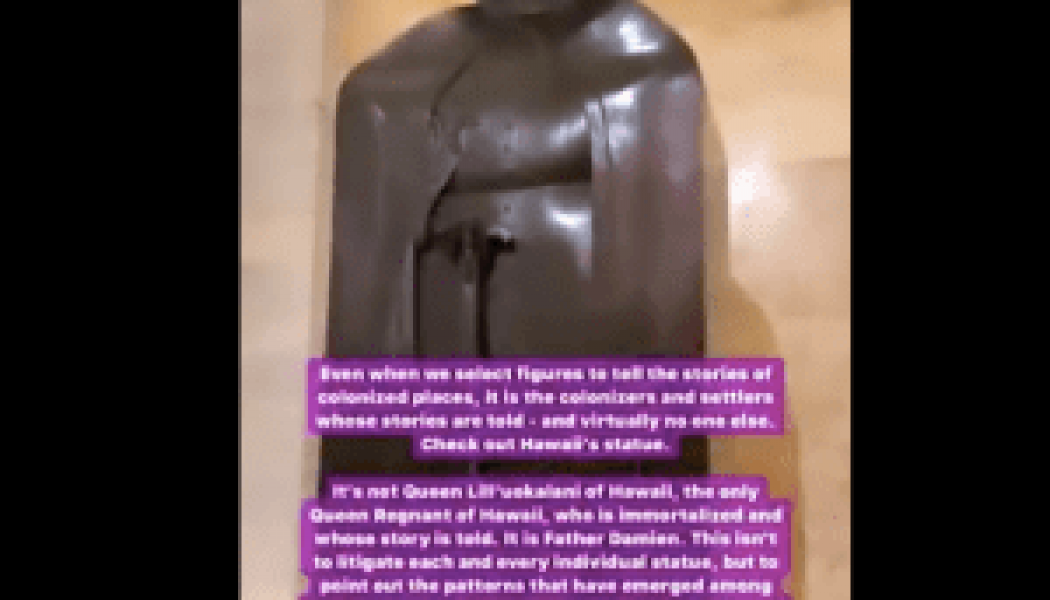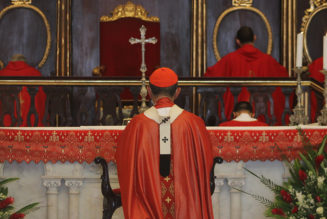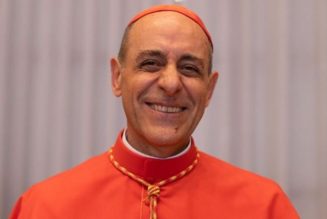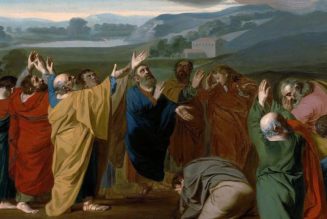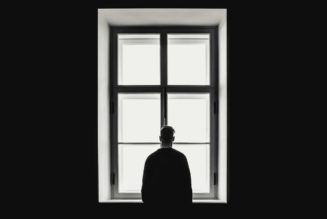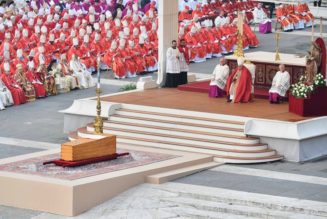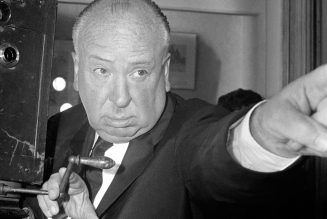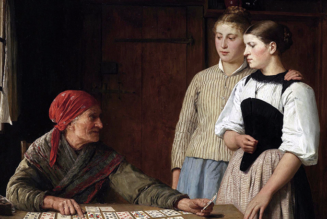Rep. Alexandria Ocasio-Cortez was at the National Statuary Hall Collection in DC on Thursday, and she shared a photo of the statue representing Hawaii on her Instagram account, commenting that “when we select figures to tell the stories of colonized places, it is the colonizers and settlers whose stories are told – and virtually no one else.”

(You’ll have to excuse me for not linking to her story directly. I don’t understand how to use Instagram.)
As often happens with AOC, she wasn’t wrong, but she also managed to say something true in a way that you have to work to defend. The statue representing Hawaii is of Fr. Damien of Moloka’i, a Belgian priest who ministered to Hawaiian lepers and eventually died of the disease.
“This is what patriarchy and white supremacist culture looks like! It’s not radical or crazy to understand the influence white supremacist culture has historically had in our overall culture & how it impacts the present day,” Ocasio-Cortez said.
She is, as I say, not wrong. She was saying that, when history is written by white people, it tends to present the world in terms of the wise, just, bold, important things white people have done. It makes it seem like white Europeans are the heroes of history, and everyone else is supporting characters at best, villains and savages at worst.
This is what she means by white supremacy, and she’s right. It’s not just a matter of skewing our perception of the past. Learning a white-dominated history makes it easier for white people to continue seeing themselves as realer and more important than dark-skinned people right now. A history that populates the past with white heroes and dark-skinned savages informs the thinking of people like the men who hunted and killed Ahmaud Arbery. They saw a black man in a white man’s world, and they got rid of him.
She wasn’t even criticizing Fr. Damien specifically, although she chose his statue to feature with her comment. Her office told CNA
“it’s the patterns that have emerged among all of the statues in the Capitol: virtually all white men. Each individual could be worthy, moral people. But the deliberate erasure of women and people of color from our history is a result of the influence of patriarchy and white supremacy.”
Her office later added that “Fr. Damien conducted acts of great good, and his is a story worth telling. It is still worthy for us to examine from a US history perspective why a non-Hawaiian, non-American was chosen as the statue to represent Hawaii in the Capitol over other Hawaiian natives who conducted great acts of good, and why so few women and people of color are represented in Capitol statues at all.”
But, she did feature the statue of Fr. Damien in her commentary. She apparently didn’t realize that the statue wasn’t chosen and donated by white Europeans; it was chosen and donated by the Hawaiian people, who presumably wanted Fr. Damien to represent them.
Why would they chose a white man rather than a native? If you read about Fr. Damien’s life, it was not because he was a white savior, but because he imitated Jesus the savior.
It’s a touchy topic to compare any man to Christ, especially when contemporaneous accounts of Fr. Damien’s life did explicitly paint him as a white savior descending from above to minister to utter savages living in squalor, helpless until the beatific European man came to the rescue. That is not what happened. This skewed version of his story helps cement the bizarre idea that Christ Himself was white.
But Fr. Damien was so beloved not because of some supernatural ability to appear from on high and single-handedly transform a people, but from a willingness to work and live with them, learn their language, eat their food, and even contract their disease. His mission wasn’t to bestow salvation on them, but to help restore them to a life of dignity that they had been denied, by teaching them about Christ, by helping them to take care of themselves, and most of all by becoming one of them when no one else even wanted to think about them.
Every saint’s story reflects the life of Christ in one way or another; but the biography of St Damien of Molokai, whose feast day is May 10, is full of unusually striking parallels that have nothing to do with whiteness and everything to do with Christlike-ness.
His sacrifice was entirely voluntary. After the Hawaiian government isolated its lepers on a peninsula to contain the disease, the Church realized that there was no one to tend to their spiritual needs. But the disease was so fearful and so contagious; the Bishop did not insist that any of his subordinates go there to serve. Young Fr Damien, a Belgian priest, willingly volunteered as a missionary, even though he was afraid.
The Son of God was utterly complete before the Incarnation. The birth, works, suffering, and death of Christ were all entirely voluntary, asked for by the Father and willingly accepted by the Son, even though He was afraid.
He was a substitute for his brother. His brother, a member of the same religious order, was originally slated to travel to Molokai, but became sick; so Damien took his place.
Christ took on human flesh and suffered and died to pay the debt of humanity. He became our brother so that He could take our place.
He tended to the body as well as the soul. St Damien’s mission was to preach and bring the sacraments, but he also cared for the lepers’ physical well-being, helping them upgrade their living quarters, organize schools, farms, a legal system, and even a choir.
Along with teaching, forgiving sins, conferring grace, and granting salvation for our souls, Christ healed the blind, made the lame walk, fed the multitudes, and even cooked a breakfast of fish for His friends, because even a mortal body is precious, and our physical needs are true needs.
He didn’t keep himself apart, but lived his life alongside his spiritual children. Fr Damien didn’t isolate himself out of fear, disgust, or a sense of superiority, but lived with the lepers intimately, eating communal poi with his fingers, bathing corrupted limbs and dressing wounds. He clothed them with his own hands, shared their pipes, and dug their graves, until he finally died of their disease.
Christ did not save us from Heaven, but confined His immensity into a mortal human body, to live alongside the ones He came to save, and even accepted human mortality.
He was slandered, accused of depravity and dirtiness; and even his own superiors gave him only faint praise, calling him a “peasant” who served God “in his own way.”
Christ was hounded by slander and abuse, culminating in a trial and execution full of insults and false accusations, which He bore without defending Himself.
His good works were not confined to his life span. When Fr Damien died, he left behind a community that was transformed.
Before He died, Christ established the Church, so that His work would continue after the Resurrection.
I can’t help thinking that Fr. Damien himself would have chosen someone else to represent Hawaii, had he been asked. Nothing in his life indicates that he sought fame or recognition. He is the patron saint of outcasts, including HIV patients, a population many Catholics continue to see as untouchable, unworthy.
Maybe it would have been better to represent him with a statue showing how he looked toward the end of his life, when the disease all but destroyed his white skin. If there is a lesson to draw from finding a Christlike white man representing Hawaii, maybe the lesson is this: Christ was not white; Christ was human.
***
A portion of this essay was originally published in The Catholic Weekly in May of 2017.
Photo of Fr. Damien by Henry L. Chase / Public domain
